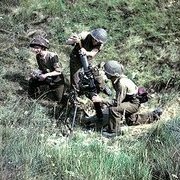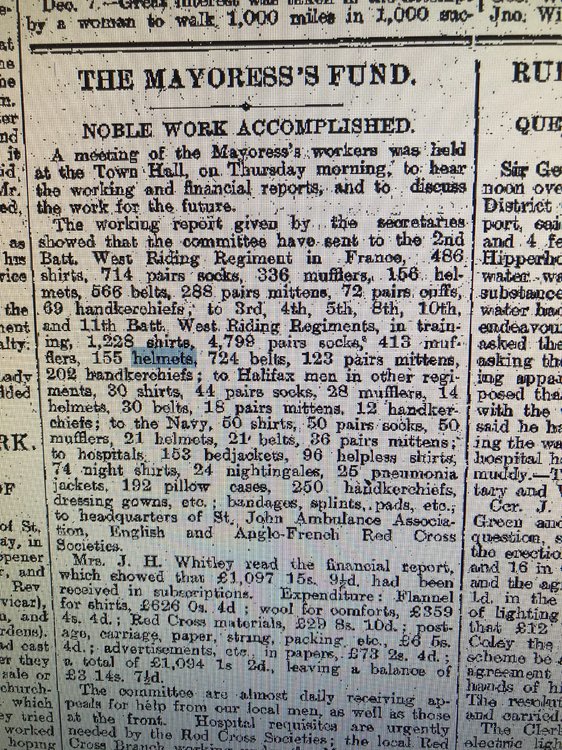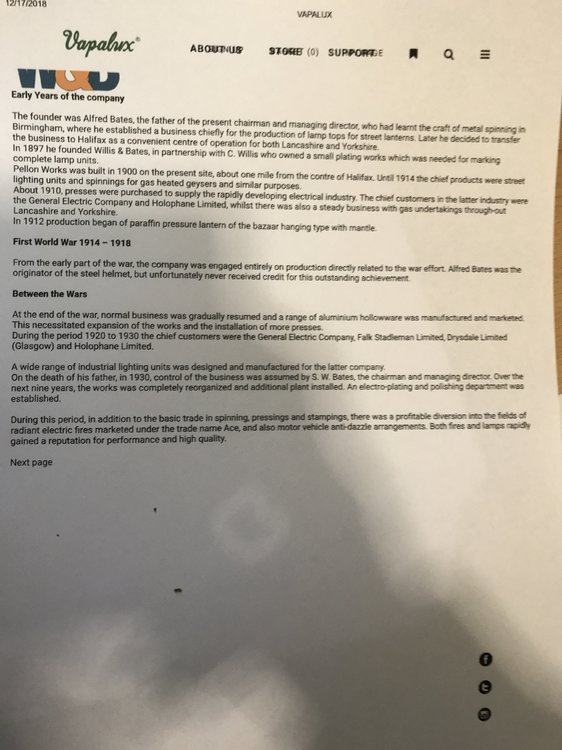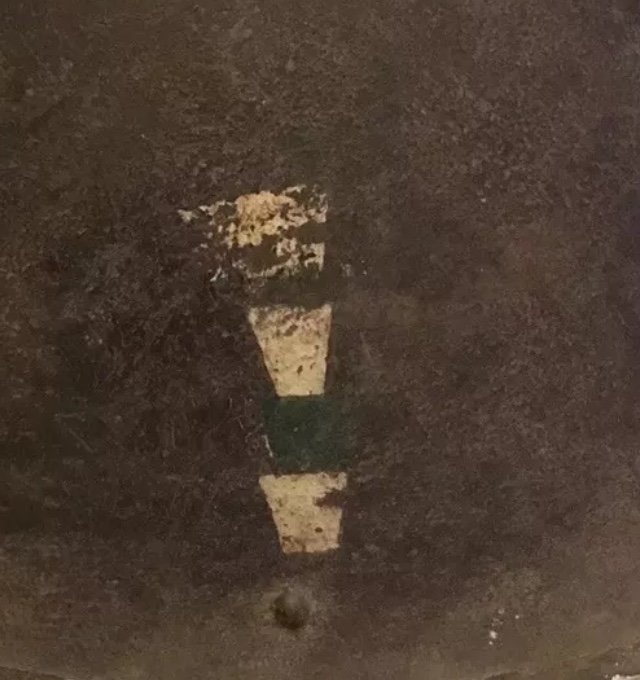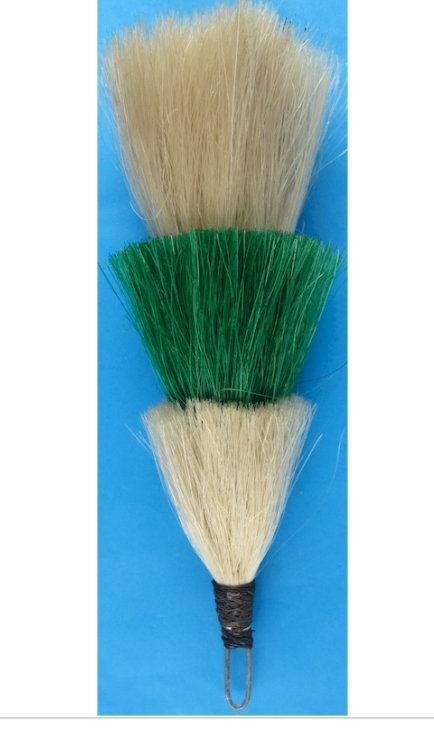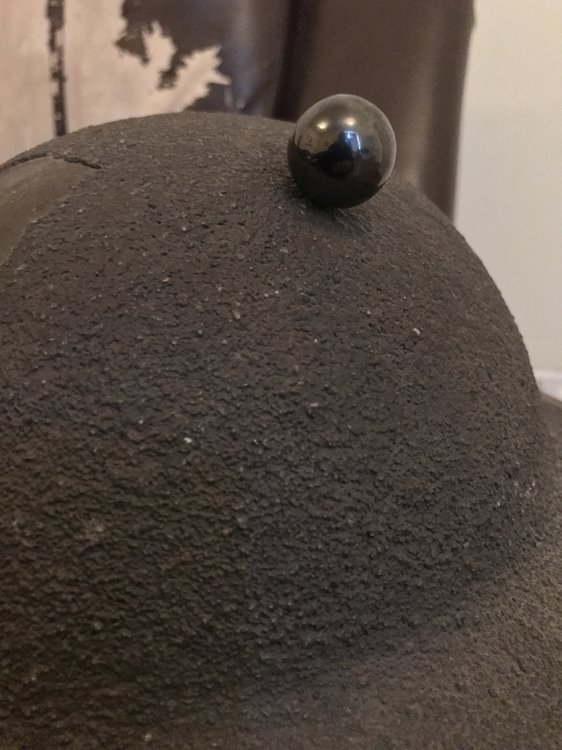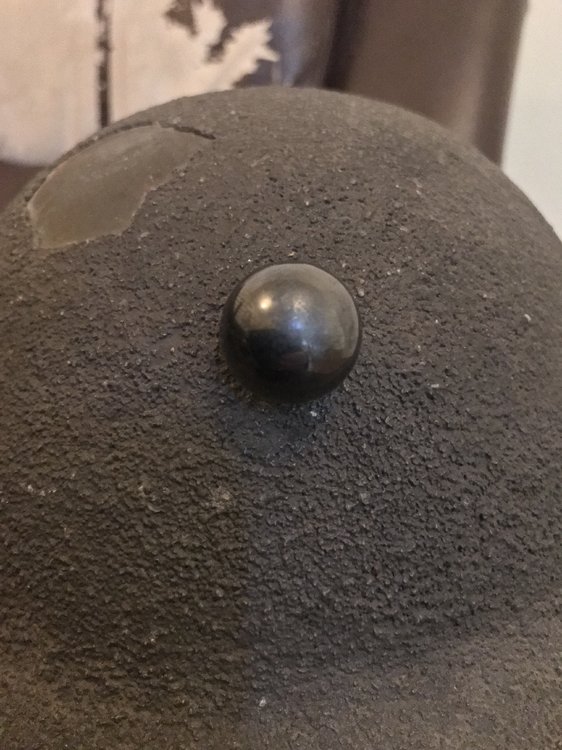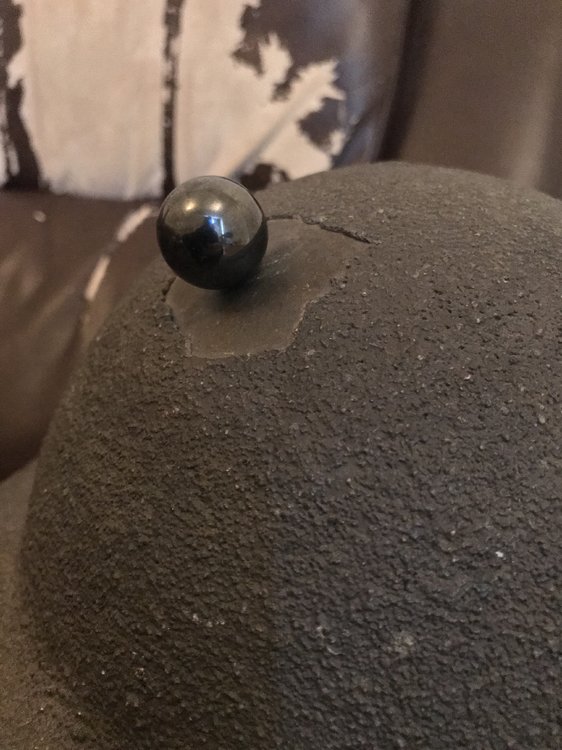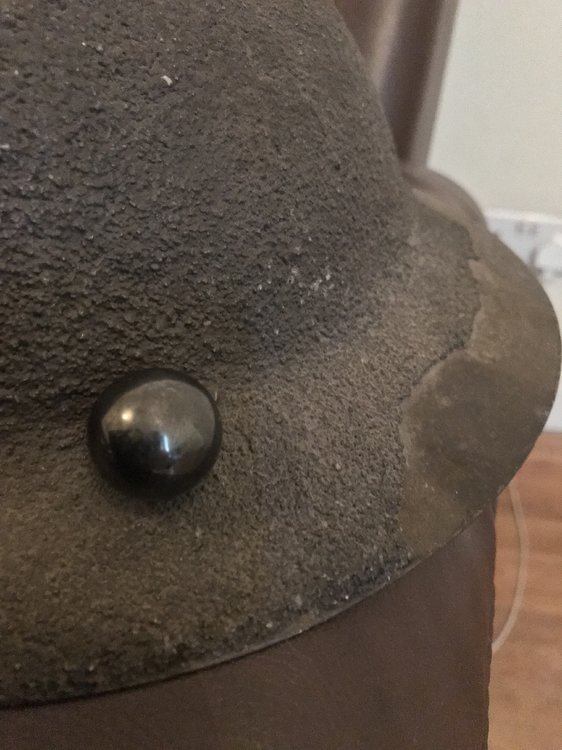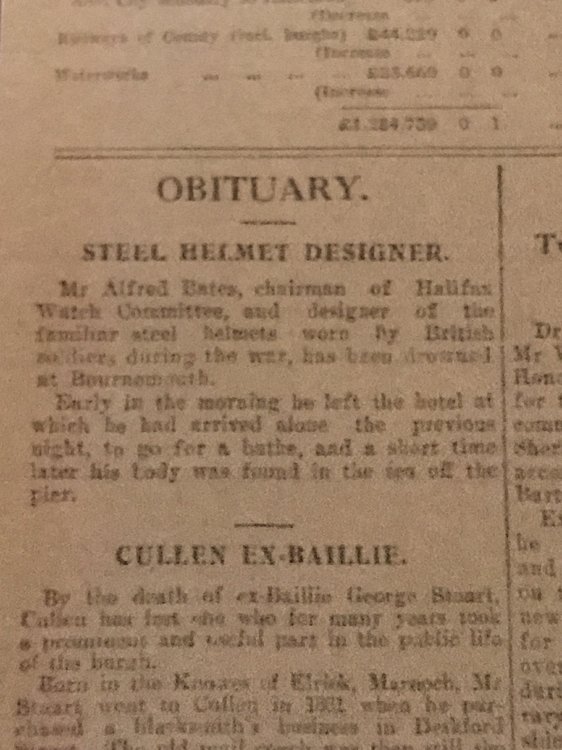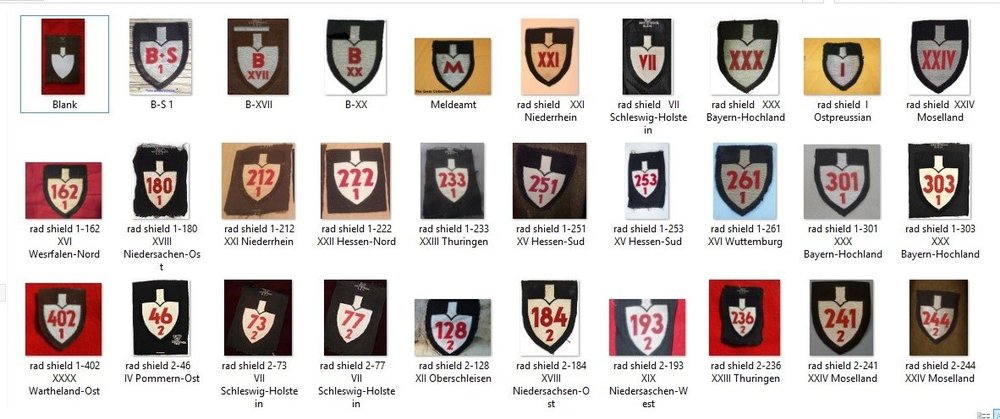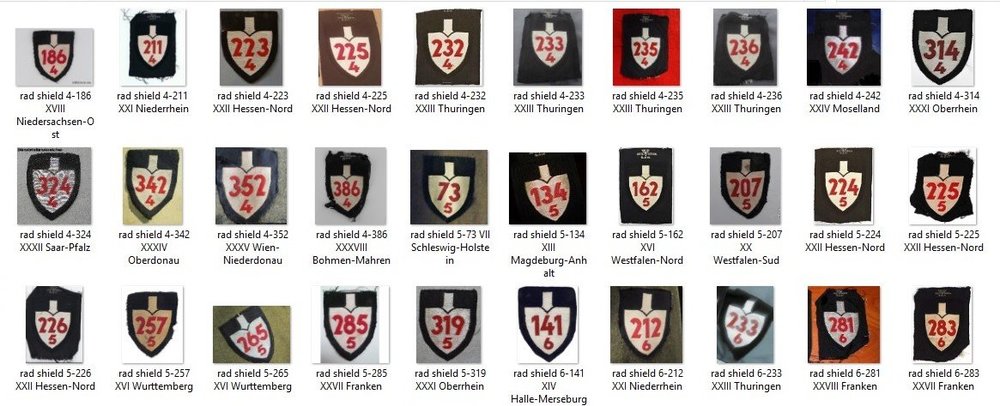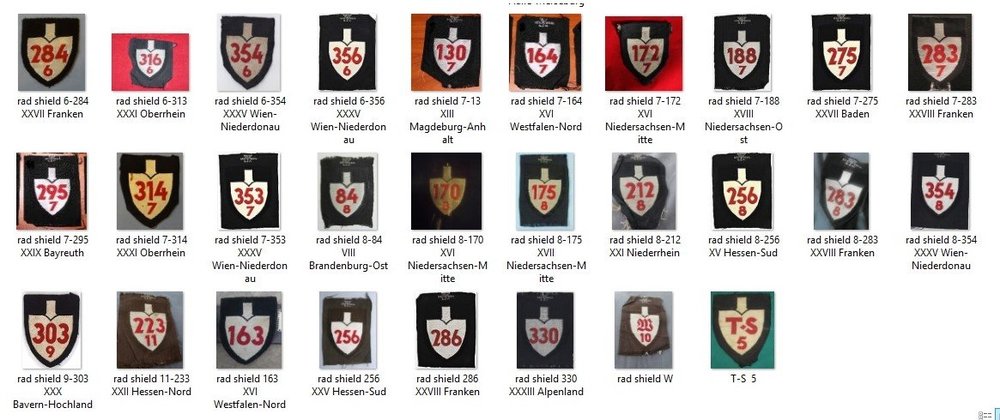Leaderboard
Popular Content
Showing content with the highest reputation on 17/12/18 in all areas
-
Interesting story, I agree more research is needed on the LS mark for sure.2 points
-
2 points
-
Leadbeater & scott, used a plain SL stamp inside a square too, on cuttlery.! As well as intertwined SL in a triangle.2 points
-
Yes I've read the same theory also Kenneth, but as far as I know Leadbeaters & Scotts stamp mark was a large letter L with a letter S entwined in a triangle. It's possible they were used as a Sub-Contractor to help Miris to complete the order of helmets and used a different stamp mark. The photo on page one has the Miris logo and stamp mark MLS which Miris themselves used being steel supliers and helmet producers so its possible they helped out Miris to complete their order for the War Office2 points
-
Hello all, I have just acquired a British MK IV helmet with this insignia on the left hand side, I believe it to be the plume of the welsh guards. Whilst I have found many pictures of helmets with cap badges and formation signs before I have not seen a plume or hackle. So basically I'm asking if anyone has seen any other helmets with hackles or plumes before? or if I'm wrong knows what this is. 1st photo: The helmet 2nd photo: The plume of the welsh guards1 point
-
Just found this image on a south African auction site, the helmet has the colours of the welsh guards plume painted on the side of what I think is a HCRAC from the late 1930s, so solves the problem of what mine is and further shows that plumes and hackles were painted on helmets. Regards, Jack1 point
-
So far the only image I've found of a hackle or plume on a helmet, this photo is of members of the Lancashire Fusiliers and is apparently from 1916 during the battle of the Somme. I haven't found any other insignia that look anything like the one present on the helmet above so I'm fairly certain it is a plume of some sorts. However mine is on a MK IV so there is a little time gap and mine is of a very different style but at least it is a start. The second image I found colourised on an reenacting groups page.1 point
-
1 point
-
1 point
-
About Albert Bates. https://www.halifaxcourier.co.uk/news/the-halifax-man-who-invented-tommy-s-tin-hat-1-19207941 point
-
I think more research is needed.! Also the fact , that brodie only had the patent for the liner. Not the entire helmet. There has to be more documents somewhere,1 point
-
Just had another look at page one. The LS in MLS is a different type of font than the LS found on mine.! My theory is miris supplied the steel.! And whoever LS is , stamped out the helmets.1 point
-
It also has the MYRRYS OR miris logo. As everyone knows the first 4,400 helmet were magnetic like this one.1 point
-
There is no M. This helmet is magnetic and, there is a theory developing that these where stamped out by leadbeater & Scott of sheffield before the order was changed to manganese.1 point
-
I've never seen a plume on a helmet before as you say it's mostly cap badges or formation signs, would be interested to find out too if plumes were painted onto helmets.1 point
-
Hello, My name is Gwar. I am a member of a few forums and my area of collecting is the Reichsarbeitdienst, I have knowledge of belt buckles ( Most branches ) TR as well. I hope to be able to help others along my journey and learn as well. The "Dienststellenabzeichen" is the official term for arm shield utilized by the RAD and was produced using different materials depending on officers, general officer and commissioned/ non commissioned staff. That will be another discussion soon if needed. These "Shields" are grouped by Abt. number ie; 1-242 rather than Gau. number 242-1. if this needs an explination please ask for a more in depth thread. Also they are identified by Arbeitsgau number, abteilungen and area. I have withheld honor names at this time.. Again, another thread.. Some of the hundreds that exsited. Enjoy.. G1 point
-
Hi Gwar, good to have you aboard, welcome to the forum, look forward to reading your posts1 point
-
Very similar to the example I had, but with a smooth green finish. Unforunately traded away with an almost complete WW1 uniform many years ago.1 point
-
Not so long ago there were still many of these on the market, since I bought my only example, they seem to have suddenly got scarcer. The badges for the weibliche Mitglieder are usually more expensive, but seem to be slightly more abundant than the men's issue presently. Has become a more expensive item in the last couple of years, I got my example for 25-30 Euros as far as I remember. Particularly interested in Niederdonau, especially around Tulln. The other insignia, headdress and uniforms are also interesting By the way, the second "T" is missing from Dienststellenabzeichen in your text! Just for the record.1 point
-
A French light cavalry Sabre M. 1822 Sabre de Cavallerie légère Mlle. 1822 Back of blade is engraved: M" d'Armes de Châtlt. (Châtellerault) 8bre" (octobre) 1878 = Cav.**ger Mle" 1822 Generally good condition, grip leather has spread apart at the seam due to shrinkage, drilled brass wire binding missing, with original leather buffer (Stoßleder) to protect scabbard throat. Weapon number 135 stamped to rear of hand guard. Scabbard has been blackened at some time, underlying fine pitting. Brass hilt has the remains of a protective clear varnish in places. Was worn with a white buff leather sword knot. A very heavy weapon. Captured stocks of these weapons were permitted to be worn by all n.c.o.s in Dragoner-Regiment 1 and Ulanen-Regiment 1 after 1871 (this particular example is after 1871). It's predecessor, the old French cavalry sabre of 1803 was also previously worn by nco s of D.R.1 and U.R.1 (Beutesäbel) Total length: 107 cm Blade: 92 cm / 31 mm1 point





